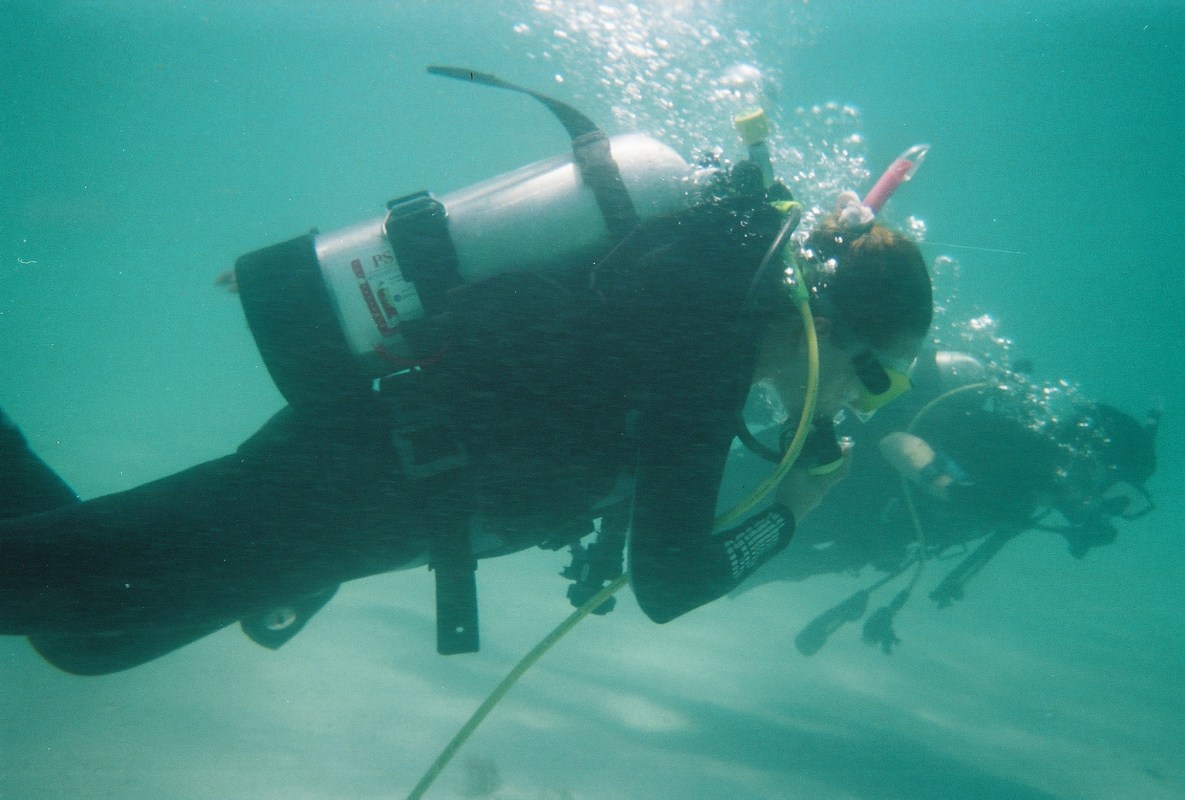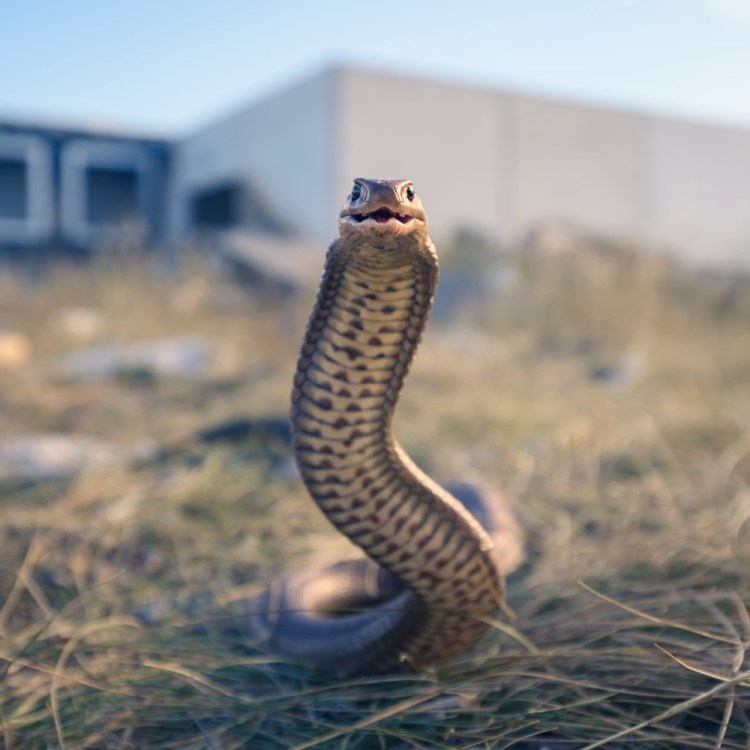In the summer of 2016, a diver was searching for relics of the Megalodon, the enormous shark species that went extinct 2 and half million years ago, in Venice, Florida’s unofficial capital of fossil hunting. The diver took a specimen from that search home and it sat on a paper plate in his kitchen for a couple of weeks before he realized it was probably a human bone. The diver sent a picture of the specimen to Florida’s Bureau of Archaeological Research, and it eventually got to Ryan Duggins, the bureau’s underwater archaeology supervisor. It was quickly identified as a prehistoric individual because a single molar was still attached to the jawbone and the tooth’s cusps were worn smooth, which is something we don’t see in modern populations. Duggins relocated the spot with a team of fellow underwater archaeologists. First, they found a broken arm bone an the seabed. Then he noticed a cluster of carved wooden stakes and three separate skull fragments in a depression. He realized that he was in a Native American bog burial site, one that had been inundated by sea level rise but was still shockingly preserved. Beginning around 14,000 years ago, the global climate warmed, and Florida shrank over the next several millennia. Countless places were prehistoric people once lived, hunted and buried their dead disappeared into the ocean.
Thanks for reading InsideHook. Sign up for our daily newsletter and be in the know.


















